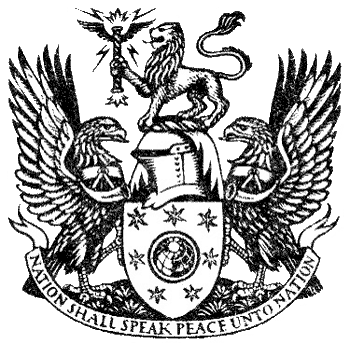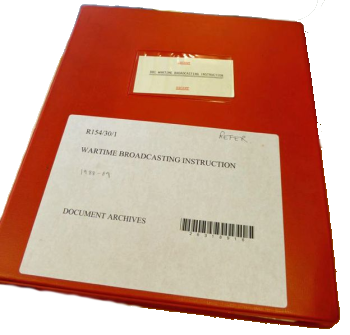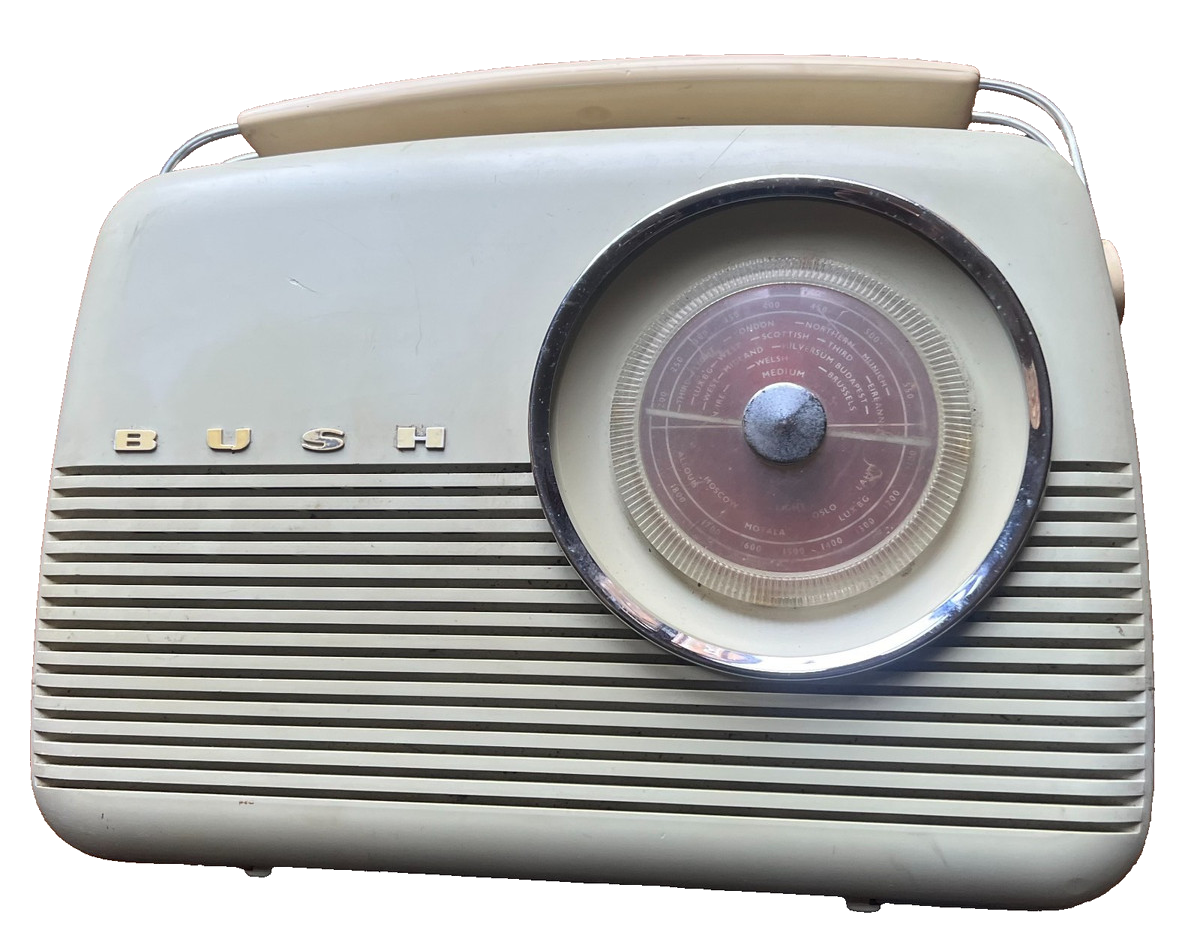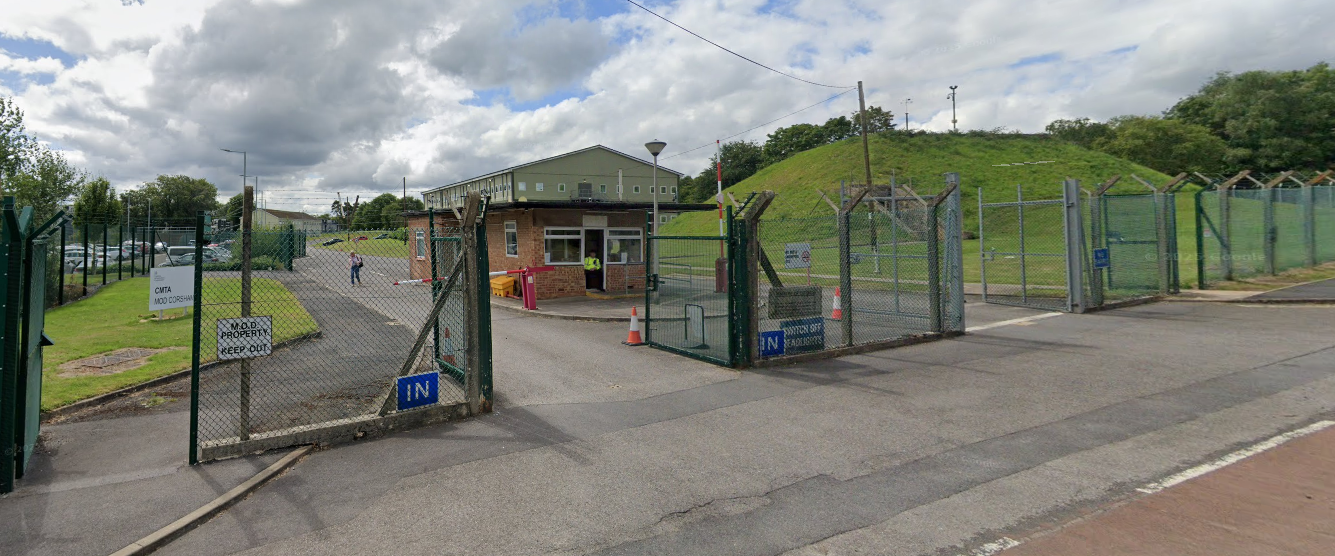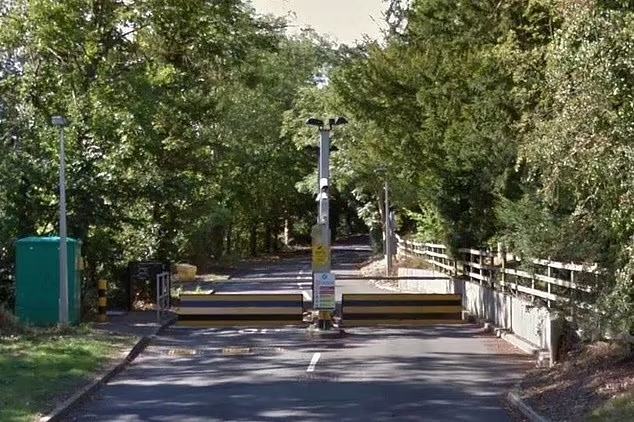BBC
From just prior to World War II onward, until the present day, the BBC has had an established sequence of events and detail procedures of what should happen in the event of war or the threat of war. The details are to be found in the BBC War Book, the content of this page is based upon the 1975 edition. In the early years of the Cold War things were rather vague, and the broad intent was to continue broadcasting 24 hours a day, using pre-recorded light entertainment interspersed with government communications and advice. The list of light programmes to be used included: Round The Horne, Hancock's Half Hour, The Afternoon Play and Thirty-Minute Theatre. From the 1980s until 1993, the entertainment content was dropped and only official announcements would have been broadcast in order to conserve energy.Prior to the outbreak of nuclear war the role of the BBC would have been to communicate instructions from the Government civil defence organisations about how the population might survive.
Two scenarios were envisioned, the first being a period of international tension escalating to the point of war, second a surprise attack. Throughout the Cold War, the former was considered to be most likely by the Government, and this is reflected in the BBC War Book. How long such a period might have lasted would have been unknown, but was generally believed to have been several weeks.
The BBC War Book was based upon instructions found in the Government War Book, the purpose of which was to lay down the procedures and plans for Transition to War. It would have been the government, specifically the War Cabinet, to decide at what point each of the steps outlined would have been taken. The Government War book was first prepared in the period immediately after the end of WWII. More details can be found on the Transition To War page. It was planned that broadcasting would continue basically as normal during the expected period of tension, until at least 48 hours prior to the initiation of Transition to War procedures were launched. Modification to programming and content was expected to change to reflect the national, and international situation as they developed. It was to be left to the BBC how best to handle this, but it was expected that they would establish an emergency news/current affairs unit. In this phase preparation was to be covert. It was envisioned that after a period, that might be very short, even maybe just a few hours, the Government would authorise the Transition To War (TTW) status.
Regular drills and training exercises were designed to give an air of realism, but many BBC staff saw them as pointless or declined to serve during a national emergency because they would not be allowed to take their families with them. One anonymous insider said, "I can't blame them for deciding there were better ways to go than to sit in a bunker with a group of local radio engineers."
The actual Transition To War was planned in phases. Upon receipt of the codeword, designated staff were to prepare to move to their duty locations, staff without specific duties were to be advised that they were not required and what they should do. This comprised the first phase. In phase two engineering and some other key personnel would have moved to Wood Norton and other key BBC locations, including transmitter sites, this may already have happened as part of planned transition. In the third phase non-technical staff would have moved to regional Government Civil Defence HQs. In phase four the BBC would have broadcast Government information and the civil defence films of the time would have been shown on television repeatedly. At other times light entertainment would have been the order of the day. In the final phase all peacetime broadcasting on both radio and television would have ceased and the Wartime Broadcasting Service would have taken over with the broadcast of pre-prepared information.
During the lead-up to the declaration of war, designated staff would have been deployed to each of the Regional Controls, plus the BBC HQ bunker at the Wood Norton Hall engineering training facility on Worcestershire and the government bunker at Corsham in Wiltshire. Other staff would have been based at each Civil Defence Regional Controls. The main building at Wood Norton was sold by the BBC, and is now a luxury hotel. However a hardened bunker (known as PAWN - Protected Area Wood Norton) was built, with an associated communications mast linking it to with an SHF dish (microwave link) to Daventry (now largely closed down except for VHF DAB) radio transmitting station. Two VHF yagi aerials were fitted to receive signals from the transmitters at Holme Moss and Llandrindod Wells. Each of these locations had its own studio and access to a medium wave transmitter. PAWN and many other installations, were referred to as "deferred facilities" within the BBC.
Staff for the service were originally designated, but were then later invited to be part. There was no special payment for being a part of the team of those who went underground, although in the event of activation of the Wartime Broadcasting Service, each designated person could get an advance of salary payment of £250 from the cash office at Broadcasting House. The activation would be announced by a codeword, these were changed periodically, the only known ones were falsetto and fluellan (possibly meaning Fluellen, a character from Shakespeare's Henry V).
A survey, conducted by the BBC, in 1975 into the types of radios and televisions owned by the public revealed the following:
The total number of battery-powered radio receivers is over 22 million, about one per household.
Of these:
- 19 million, 87%, can receive LF.
- 21 million, 98%, can receive MF.
- 8 million, 34%, can receive VHF.
- Only 5.5 million, 25%, actually use VHF. This figure includes mains powered and stereo receivers.
- About 25% of listeners find the station they want by 'twiddling' round the dial.
- Roughly 50% had no difficulty in finding the station they wanted.
- The remainder, 25%, virtually never changed stations.
The Government War Book stipulated that 48 hours would be required for the preparation to the transition to the WTBS, and a further two to four hours notice once authority had been given.
If events were to move more quickly then transition would have to take place even if not all the facilities were immediately available. This would mean the whole process being completed to the best possible level within three hours. Co-ordination, and all decision making would have been the responsibility of the Technical Operations Manager (TOM).
During the period leading up to the actual transition there were a couple of key considerations:
- The changeover had to be done with the minimum of dislocation to the service.
- Listeners would need to be informed of the importance of civil defence regional broadcasting and induced to listen on their particular frequencies. This would involve a range of publicity, by all available means, including special information broadcasts before the Wartime Broadcasting Service came into operation, one of the earliest broadcasts during the lead-up to TTW was a detailed announcement of frequencies and wavelength, each Civil Defence Region had its own dedicated transmitters, broadly speaking these were those used by Radios 2, 3 & 4. Arrangements had already been made that this would include independent television and radio broadcasters.
At transition the War Time Broadcasting Service would come into operation.
